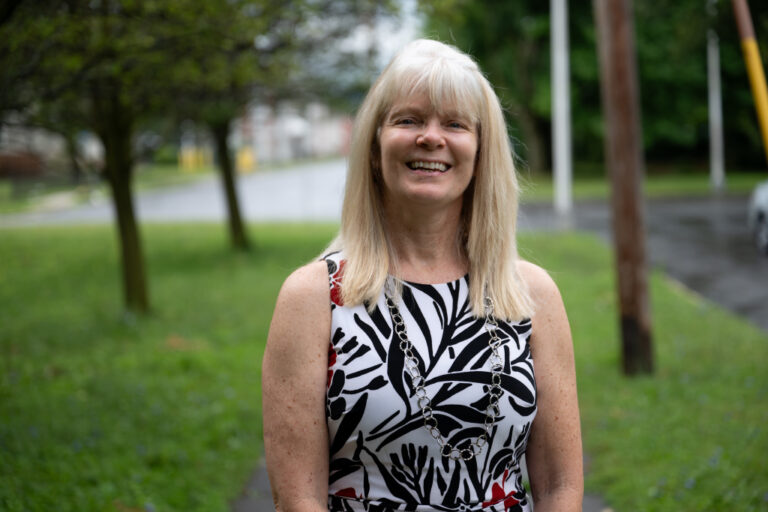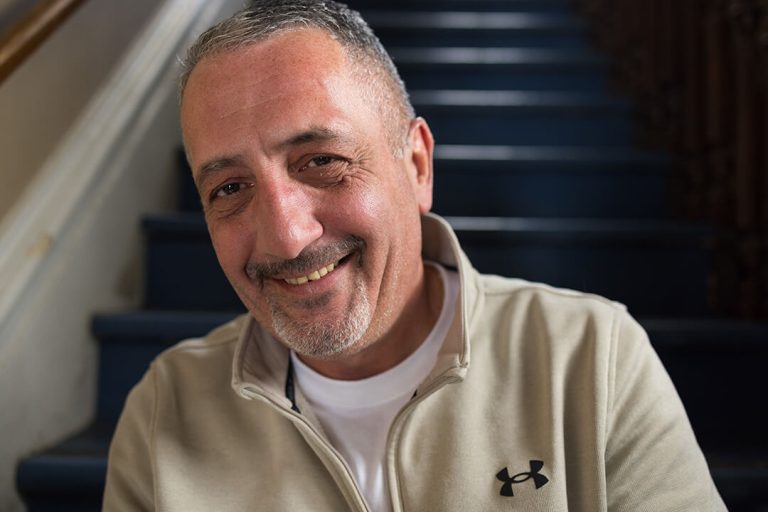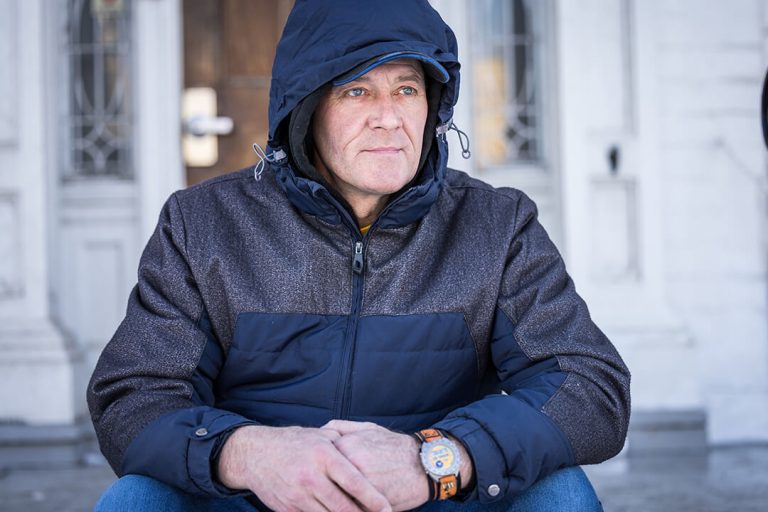UTICA — Oneida County can now track opioid overdoses in real time, helping to target potentially life-saving responses.
Details of the Overdose Detection Mapping Application Program — or ODMAP, for short — and how the Oneida County Overdose Response Team will use it were unveiled during a news conference Thursday at the Oneida County Office Building. The goal, officials said, is to lower the death toll by collecting data on both fatal and non-fatal overdoses.
“We will put in whatever resources are necessary,” Oneida County Executive Anthony Picente, Jr. said. “This is about saving lives. … There is no price to this issue.”
System data shows that there were four overdoses with one death in the county between April 9 to April 15, and six overdoses with one death between April 11 and April 17. That’s a significant drop from late March when the ODMAP put out its first spike alert before its official unveiling.
That spike was 21 overdoses with five deaths in 10 days, prompting overdose response team members to communicate the alert to the public with a warning that there might have been a bad batch of heroin in the area, likely laced heavily with the stronger opioid fentanyl.
The system calculated a total of 58 overdoses with 10 deaths in March and year-to-date totals of 132 overdoses with 18 deaths.
“The numbers are not what they were a few weeks ago,” Picente said. “That’s the good side. … The bad side is it’s still out there.”
Picente stressed how collaboration is necessary to make the ODMAP and the response team work, a message brought home by the array of county officials, law enforcement and representatives of health care providers in the room for Thursday’s news conference.
How it works
Oneida County now has Overdose Detection Mapping Application Program software to help track opioid overdoses in real time.
Here’s how it works:
• When police or deputies respond to the scene of an overdose, one of them reports data on a cellphone. All county law enforcement agencies have agreed to participate.
• Data reported includes the address, age, gender, suspected drugs, doses of naloxone administered and whether the overdose was fatal.
• Data is analyzed at the Mohawk Valley Crime Analysis Center at the Utica Police Department.
• When four or more overdoses occur within 24 hours, the system automatically issues a spike alert.
• The data helps members of the Oneida County Overdose Response Team take action to try to cut down on the toll of heroin and other opioids in the county by committing resources appropriately and adjusting strategies as needed.
• A certified peer recovery advocate from the Rescue Mission of Greater Utica connects with every surviving overdose victim to link them to treatment and other services.
Nicole Cozza-Siriano, clinical service coordinator for the Addiction Stabilization Center at the Rescue Mission of Utica, said she’s worked in drug counseling for 18 years.
“This is the worst I’ve ever seen,” she said. “It is a blessing to have the community come together like this.”
Asked why she thinks the situation is so dire now, Cozza-Siriano said there are different manmade drugs — with a different formula involved in every case — and users with complicated mental health issues.
“Sometimes we don’t know how to treat them,” she said.
When a report of a non-fatal overdose comes into the ODMAP system, the Rescue Mission has a certified peer recovery advocate visit or contact the victim to offer support and services. Cozza-Siriano and another drug counselor follow up if the victim want treatment referrals. So far, recovery advocates have helped 17 overdose victims, she said.
Data has been a problem in addressing the opioid epidemic, said Oneida County Director of Health Phyllis Ellis. State data generally came in two or three years after it was initially collected, she said.
“That doesn’t help us and it doesn’t help those on the front line to know what’s happening,” she said.
Now, the real-time data from the ODMAP allows for quick responses from local government, law enforcement and human service agencies, officials said. That means everything from alerting the public to the danger and distributing more naloxone kits to tracking down the source of a spike in overdoses and supporting victims.
The data does have limitations, though. Police and deputies report in all the information the system collects, but not all overdoses lead to a 911 call. Emergency room staff report any overdose cases to the New York State Department of Health, but that information doesn’t reach local officials immediately.
And some people who are revived by naloxone never call for help or go to the hospital, Cozza-Siriano said.
“We know there are more out there; the idea is how do we get them,” Picente said.
Ellis said the next phase of the ODMAP will be to gather data from emergency rooms.
The ODMAP was originated by the Washington-Baltimore High-Intensity Drug Trafficking Area, or HIDTA, and is offered free to other HIDTAs. HIDTAs are designated by the federal government and the designation gives localities access to funding and a drug intelligence officer, said Edward Beach, senior drug intelligence officer for the New York-New Jersey HIDTA.
Oneida County was designated a HIDTA last year.
“We’re here to help. … We don’t want to see a parent burying their child,” he added.
Contact reporter Amy Neff Roth at 315-792-5166 or follow her on Twitter (@OD_Roth).
https://www.uticaod.com/news/20190418/updated-oneida-county-unveils-new-tool-to-fight-opioid-deaths





